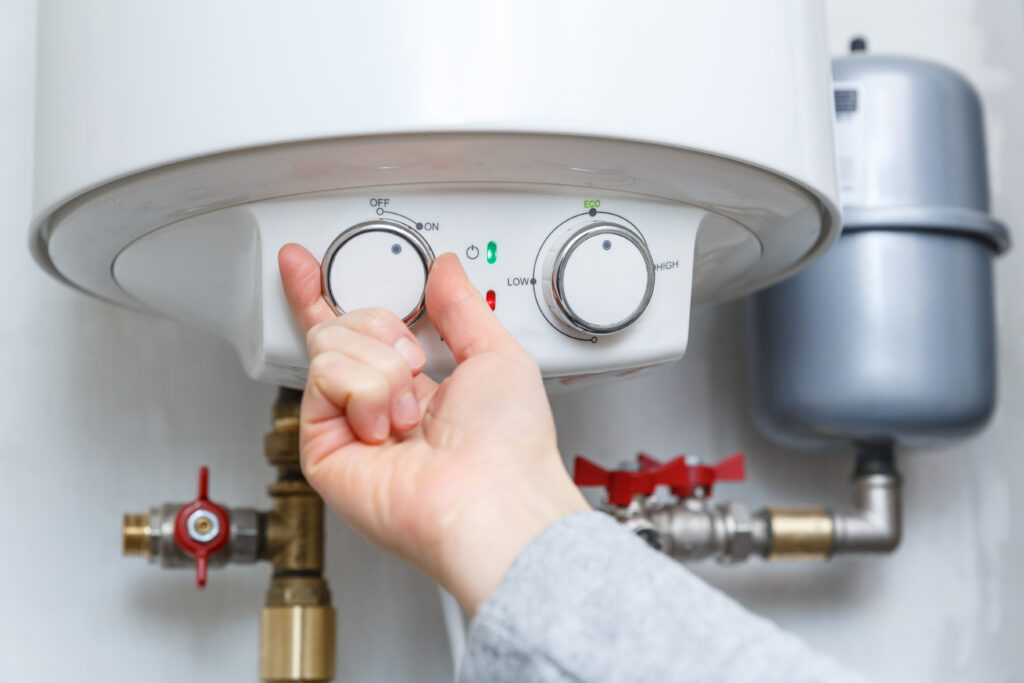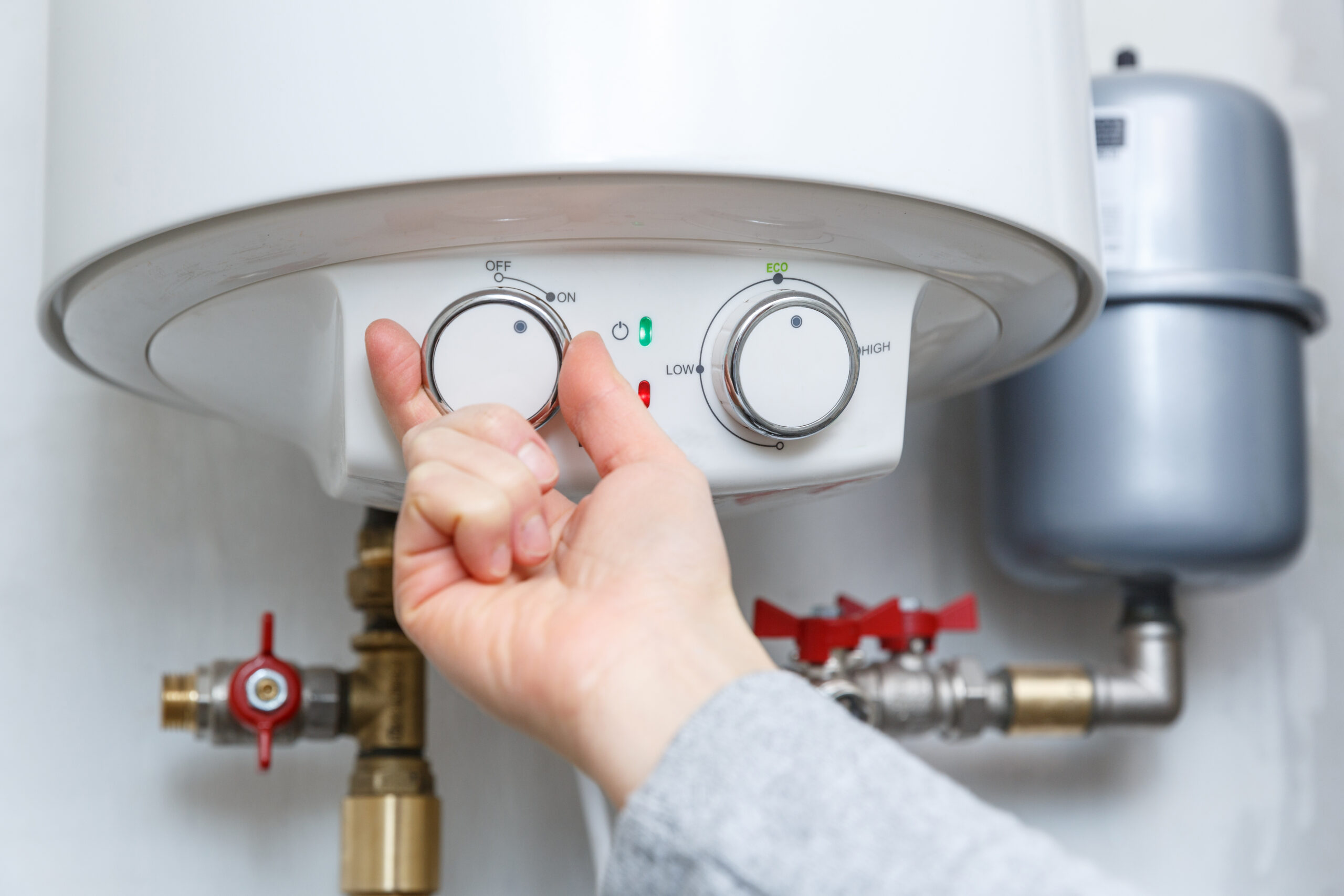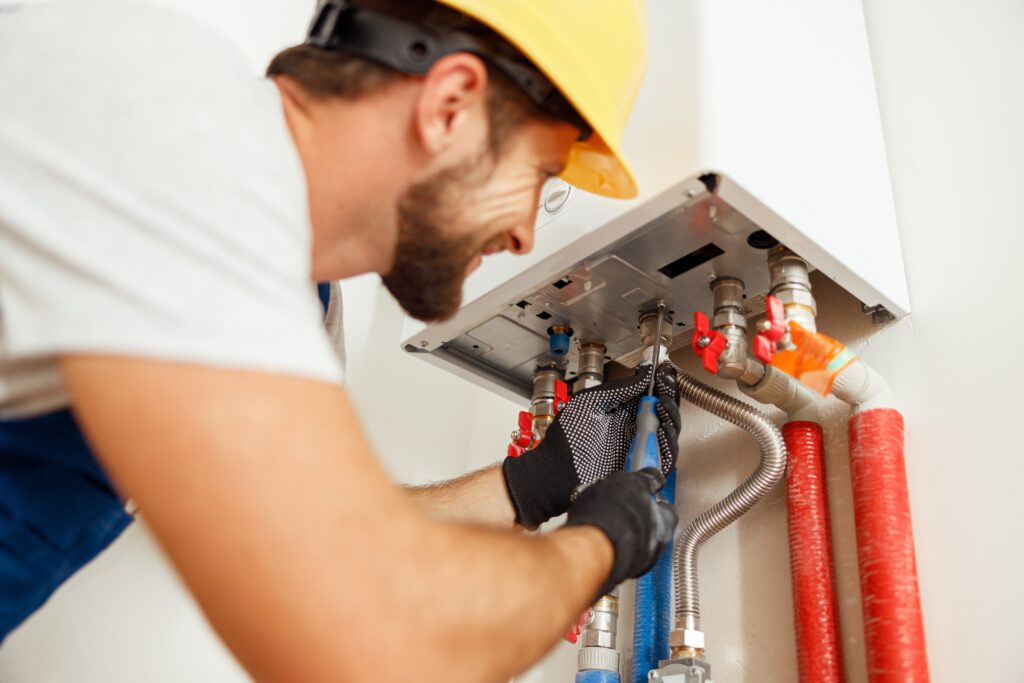Upgrade Your Home’s Water Heater: Boost Property Value with Smarter Plumbing
Okay, just pause for a second. You probably don’t think about your water heater very often—until you run out of hot water mid-shower or it starts making weird gurgling noises like it’s straight out of a horror film. But here’s the thing: upgrading your water heater can actually be a smart investment that enhances your home’s value, improves energy efficiency, and saves you from a few “cold shower” surprises. Whether you’re in a newly purchased home or prepping to sell in the near future, understanding this core system is key. So let’s break it all down—what a water heater actually does, how different types work, why the upgrade matters, and how it ties into a bigger home warranty strategy.
Understanding Your Water Heater: The Basics
Alright, back to basics. Your water heater is what gives you those gloriously warm morning showers, keeps your dishwasher and washing machine humming along, and powers your general comfort behind the scenes. Most traditional models fall into two camps: tank or tankless. Tank water heaters store a set amount of water (usually 30 to 80 gallons) and keep it hot constantly. Tankless units, on the other hand, heat water *on demand*—which just sounds fancy and kind of is.
The core components of both types are pretty similar: heating elements (either gas burners or electric coils), a thermostat, an inlet and outlet for cold and hot water, and safety valves. Over time, sediment builds up, systems wear down, and efficiency drops, turning your MVP appliance into a money-guzzling pot of disappointment. That’s where knowing how—and when—to upgrade becomes not just helpful, but a power move.
Types of Water Heaters: What’s Out There?
Let’s talk shop briefly. The water heater market has expanded beyond your grandma’s giant tank in the basement. Sure, the classic storage tank heater is still a thing. It’s the most budget-friendly option, and with proper insulation and maintenance, can chug along reliably for years. But you’ll also see tankless, hybrid (or heat pump), and even solar water heaters popping up with more frequency. Each offers its own set of perks and quirks.
Tankless water heaters are gaining traction for their efficiency and space-saving design. They only operate when you need hot water, which can seriously reduce your utility bill—plus, they can last over 20 years. Hybrid models, meanwhile, pull heat from the surrounding air to warm your water. High efficiency? Yes. Slightly more complex to install and service? Also yes. Solar water heaters are the most eco-forward option, but also the most expensive up front and slightly dependent on—you guessed it—sunshine. Choosing one all comes down to your budget, home design, and long-term goals.
Advantages of Upgrading Your Water Heater
This is the good stuff. A new, efficient water heater won’t just keep the hot water flowing—it can straight-up transform your energy profile. First off, newer models comply with current Department of Energy guidelines, which means built-in efficiency standards. You’ll be using less energy to heat the same amount of water. If you switch to tankless, there’s the added benefit of endless hot water—yes, really—and lower bills, particularly for mid-size households that stagger their hot water usage.
On the property value side, this is a sneaky upside. Home inspections often flag outdated heaters as maintenance risks, especially if they’re, say, pushing the 10-year mark. A modern system is attractive to buyers and can smooth out the sales process. Add in a transferable home warranty and you’re delivering peace of mind—more on that in a second. And let’s be honest: not having to cross your fingers every time you fire up the shower at 6:30 am is a reward in itself.
Drawbacks to Consider
Alright, it’s not all sunshine and heating coils. Any upgrade comes with some trade-offs, and water heaters are no exception. Cost is the big variable here. A standard tank model is relatively affordable to replace, but tankless and hybrid models bring a higher upfront price tag—anywhere from $1,000 to over $3,000 including installation. And unless you’re a plumbing pro, you’ll need someone certified to do the swap-out properly and up to code.
Then there’s the system adjustment factor. Switching to tankless? You may need upgrades to your gas line or electric panel to handle the change. Installing a hybrid? Prepare to give up a bit more space and maybe even integrate ventilation adjustments. Maintenance is lower with newer heaters, yes, but not zero. Annual check-ups, sediment flushing, descaling—you still need to nurture your shiny new setup.
How a Water Heater Upgrade Can Impact Home Warranty Coverage
Now here’s where it all connects. If your current tank heater is limping toward the finish line and you’re considering a replacement, you’ll want to get smart about warranty timing. Most home warranty providers, including Armadillo (hi, that’s us), offer better coverage options if your appliances and systems are already in good condition when the plan kicks in. That means if you’ve just upgraded? Perfect timing. Your new heater is more likely to be eligible, there’s a lower risk of denied claims later, and you lock in peace of mind for years to come.
And let’s be honest—you don’t want to stress out every time the flame goes out or the pilot light misbehaves. A home warranty can cover those small “uh-ohs” before they spiral into expensive repairs. Just make sure to register your upgraded appliance, document the install with a licensed technician, and check the specific terms of the protection plan. Armadillo’s flexible, tech-forward coverage is designed to take the fuss out of all this. Seriously.
Tips for Upgrading: Choose Smart, Install Right, Protect It
If you’re even vaguely toying with a water heater upgrade, do yourself a favor and start by checking the age and capacity of your existing unit. Anything over 10–12 years old that’s showing signs of wear (leaks, temperature issues, metallic-tasting water) should be on the chopping block. Next, think about household size and usage patterns. Got a big family? A tankless or hybrid might do the trick. Living solo or as a couple? A modest high-efficiency tank could be plenty.
Installation is really not the place to pinch pennies. Hire a licensed plumber to make sure your system doesn’t just fire up—but stays compliant and safe. After that, look into water alarms, timers, and even leak detection systems that sync with smart home apps. And yes, for goodness’ sake, once it’s up and running, protect your new investment with a plan that’s got your back if things go sideways. Minor hiccups *will* happen eventually.
Secure Your Hot Water Future with Armadillo
Look, upgrading your water heater is a solid move for comfort, value, and energy savings—but the cherry on top? Having backup when things go awry, because even the slickest systems can underperform. That’s where Armadillo steps in. We’re not here to upsell you on stuff you don’t need—we’re here to make sure the stuff you *do* need works when it matters. Whether it’s a new tankless unit or still team OG tank, we’ve got customizable home warranty plans that make it easy to cover your bases. Browse our coverage on the Armadillo homepage or build your plan in minutes with our plan builder tool. Because no one wants to explain a cold shower to their teenager. Trust us on that.


























